Gallery
Photos from events, contest for the best costume, videos from master classes.
 | 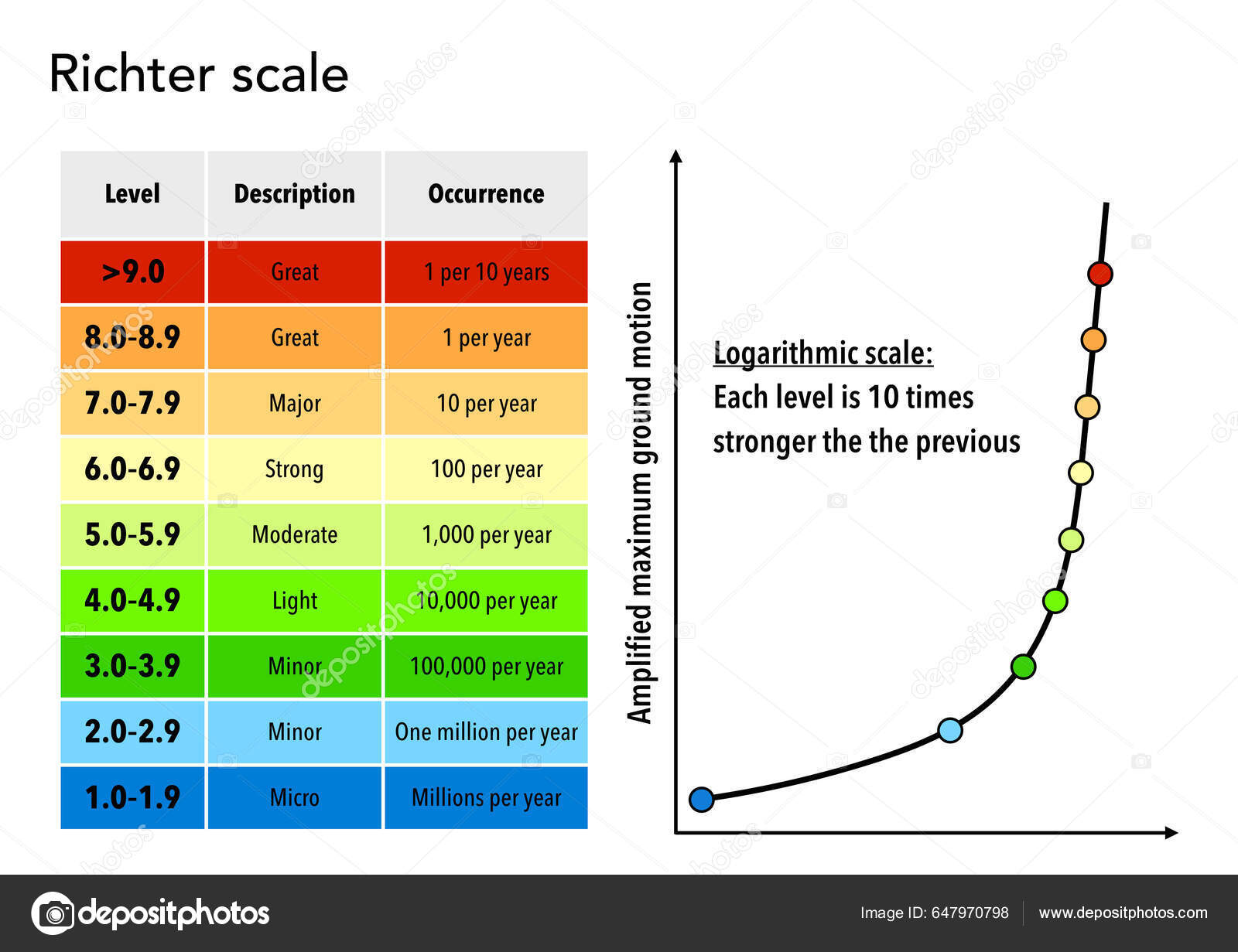 |
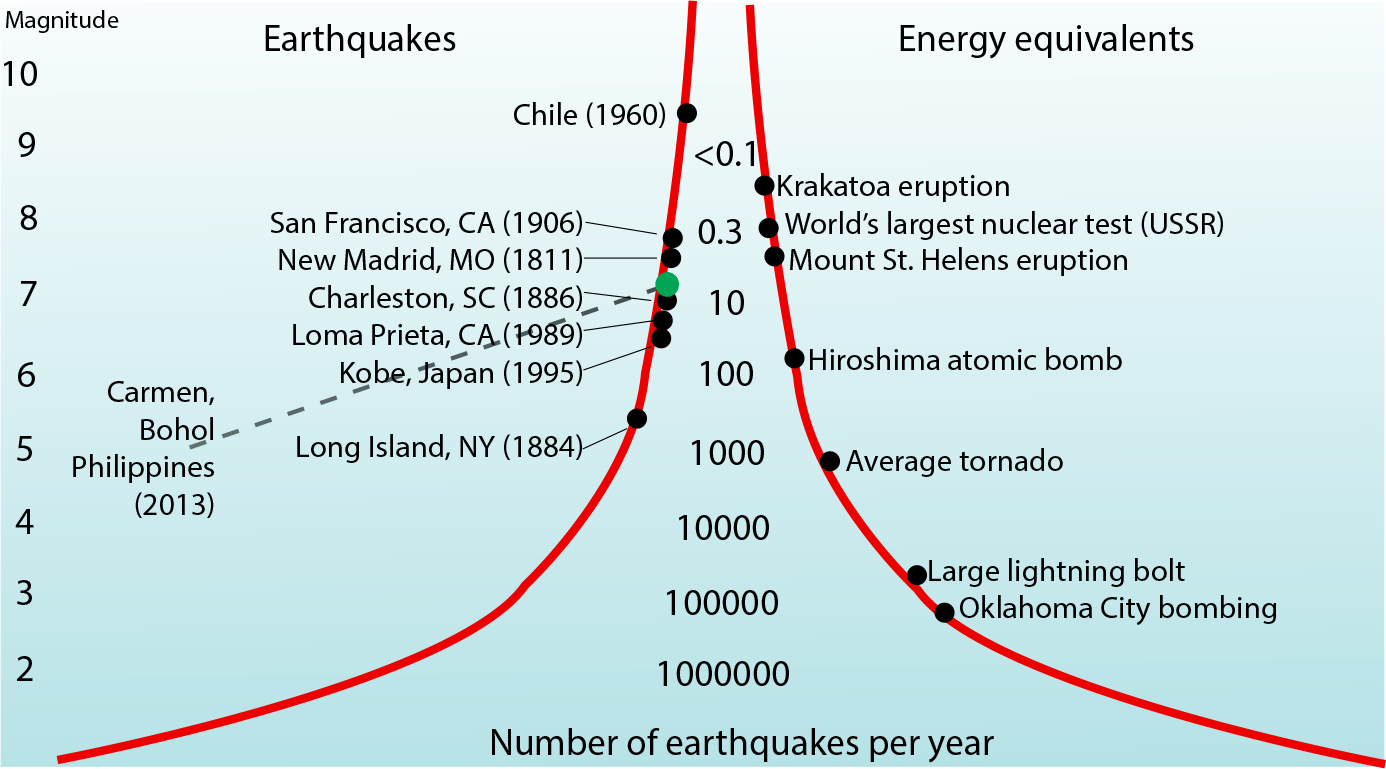 | |
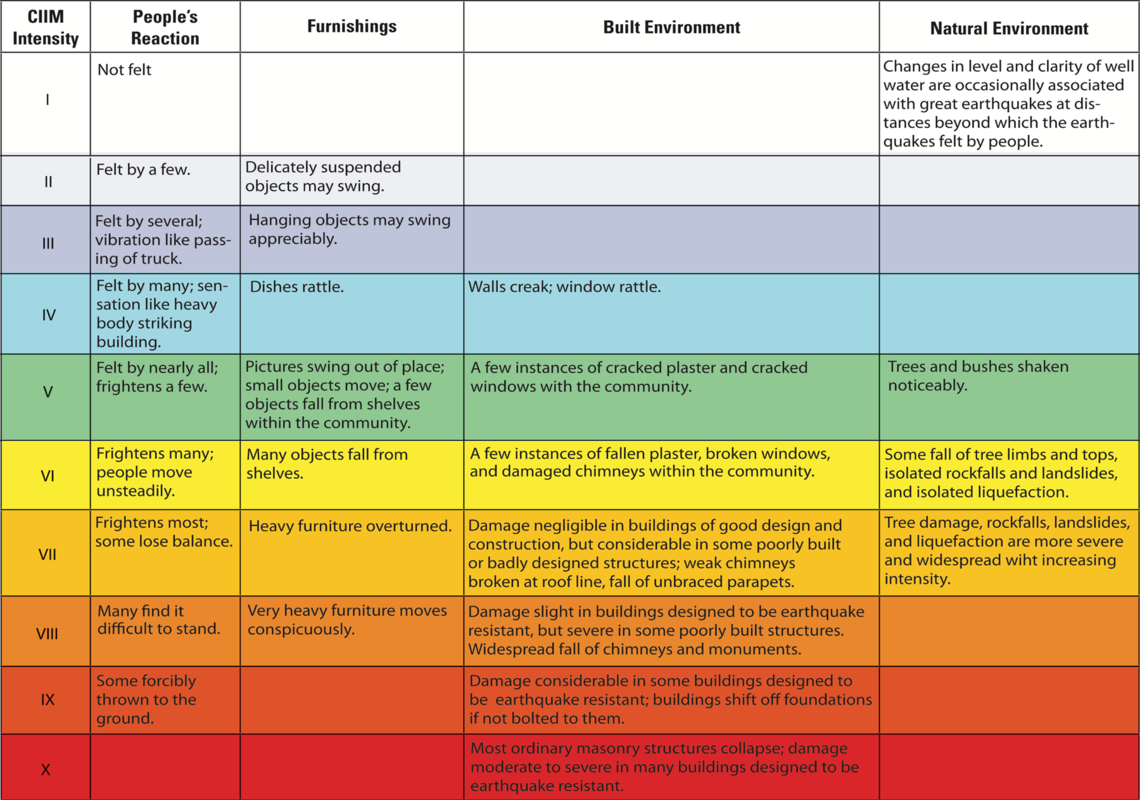 |  |
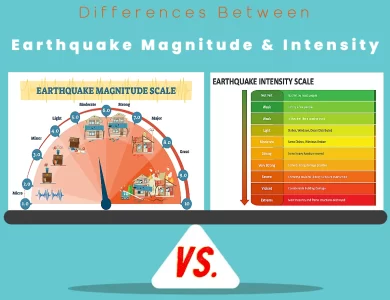 |  |
 |  |
 | 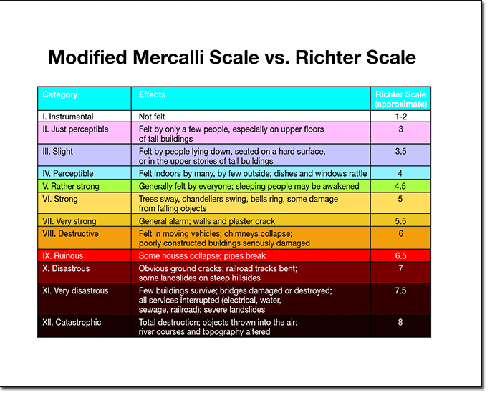 |
VL #6 - SCIENCEThis video lesson discusses the difference between MAGNITUDE and INTENSITY in a very simple manner and comprehensive explanation.This Video Le The document outlines a lesson plan on earthquakes and their intensities. It includes objectives, content, procedures, and activities. The lesson introduces students to the PHIVOLCS Intensity Scale of 1 to 10 and explains why earthquakes are felt differently in different places with varying intensities. Students practice matching descriptions to intensity levels and discussing a recent local Magnitude and Intensity measure different characteristics of earthquakes. Magnitude measures the energy released at the source of the earthquake. Magnitude is determined from measurements on seismographs. Intensity measures the strength of shaking produced by the earthquake at a certain location. Magnitude quantifies the energy released during an earthquake, allowing for comparisons between different events, while intensity describes the effects of an earthquake at a specific location. Both parameters play crucial roles in earthquake monitoring, research, and emergency management. A table shows the typical maximum Modified Mercalli intensity that could be observed near an earthquake's epicenter for different magnitude quakes, ranging from intensity I for magnitude 1.0-3.0 quakes to intensity VIII or higher for magnitude 7.0 and greater quakes. Magnitude vs. Intensity Lesson By Earthquake Hazards Program September 16, Detailed Description. Earthquake magnitude vs. intensity lesson for grades 4-12 Magnitude and intensity measure different characteristics of earthquakes. One is a measure of the energy released at its source as tectonic forces trigger movement. But, the other considers the impact of the movement on humans and structures at locations moving away from the epicenter. The magnitude of earthquake is determined from measurements on seismographs, whereas the intensity is determined from effects on people, human structures, and the natural environment. Table 1 presents the difference between magnitude and intensity of earthquake. This document provides key information about earthquakes including definitions of important terms. It defines focus as the point of reference or origin of an earthquake. The epicenter is defined as the point on the earth's surface directly above the focus. A fault line is the trace of a fault on the earth's surface. The Philippine Institute of Volcanology and Seismology (PHIVOLS) studies Magnitude is the quantified value of seismic energy produced during an earthquake. It is a specific value with no correlation to distance from epicenter. In other words, magnitude is the earthquake's size, at the source. For calculations, the maximum displacement is taken into account. Magnitude and Intensity measure different characteristics of earthquakes. Magnitude measures the energy released at the source of the earthquake. Magnitude is determined from measurements on seismographs. Intensity measures the strength of shaking produced by the earthquake at a certain location. 1. The table compares earthquake magnitudes to the typical and maximum intensities measured on the Modified Mercalli Intensity Scale near the earthquake's epicenter. Earthquakes between magnitudes 1.0-3.0 are typically rated at Intensity Level I-II, feeling weak or not at all. 2. Earthquakes of magnitudes 4.0-4.9 are often rated at Intensity Levels IV-V, strong enough to wake some people but Science 8 Quarter 2 Module 2 Epicenter vs. Focus and Magnitude vs. Intensity Minor earthquakes have magnitudes between 3.0 and 3.9, while great earthquakes have magnitudes of 8.0 or higher. We have a second way to measure earthquakes, and that is by their intensity. To measure the intensity of an earthquake, an on-the-ground description is used. Magnitude is the size of the earthquake. An earthquake has a single magnitude. The shaking that it causes has many values that vary from place to place based on distance, type of surface material, and other factors. See the Intensity section below for more details on shaking intensity measurements. Types of Magnitudes The document discusses the difference between earthquake intensity and magnitude. Intensity refers to the observed effects of ground shaking on people, buildings and structures, while magnitude measures the energy released by an earthquake as recorded by seismographs. Intensity is determined by field observations and surveys after an earthquake, while magnitude can be precisely calculated from The strength, size and impact of an earthquake are typically described using two types of measurement: magnitude and intensity scales. Although often confused, they each measure different characteristics of an earthquake. 1) The document discusses earthquakes, defining them as sudden violent shaking of the ground caused by movements within the earth's crust. 2) It explains the difference between earthquake magnitude and intensity - magnitude measures the energy released at the source, while intensity measures the strength of shaking at a given location based on effects. 3) The Richter scale is introduced as a Magnitude scales, like the moment magnitude, measure the size of the earthquake at its source. An earthquake has one magnitude. The magnitude does not depend on where the measurement is made. Often, several slightly different magnitudes are reported for an earthquake. For example, a magnitude 6.0 earthquake releases about 32 times as much energy as a magnitude 5.0 earthquake. A magnitude 7.0 releases about 32 × 32 = 1024 times as much energy as a magnitude 5.0 earthquake. A magnitude 9.0 earthquake, which rarely occurs, releases over a million times as much energy as a magnitude 5.0 earthquake.
Articles and news, personal stories, interviews with experts.
Photos from events, contest for the best costume, videos from master classes.
 |  |
 | |
 |  |
 |  |
 |  |
 |  |